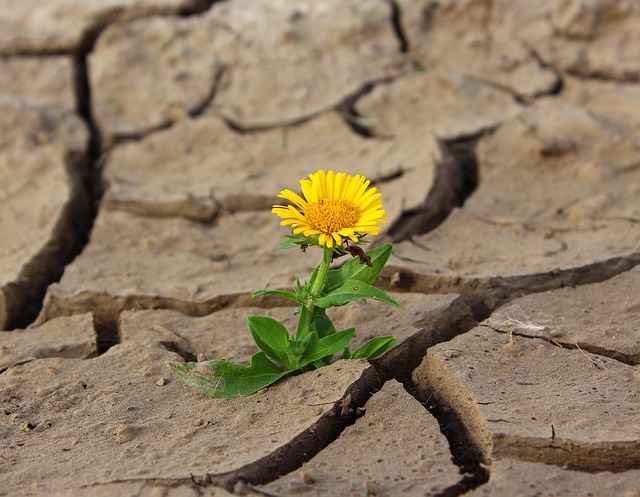As the world grapples with the urgent realities of climate change, the term resilience has emerged as a vital strategy for not only adapting to environmental shifts but also for fortifying our efforts in emission reduction. The threatening impacts of climate change—ranging from extreme weather events to rising sea levels—demand that we cultivate resilience not just in our ecosystems but within our communities and economies.
When we speak of resilience in the context of emissions, we are acknowledging our capacity to withstand the impacts of climate disruption while simultaneously striving to decrease our carbon footprint. This intricate dance between adaptation and mitigation presents a unique opportunity for us to rethink our relationship with the environment. By fostering resilience, we create systems that are better equipped to handle climatic variability, allowing for a proactive rather than reactive approach to managing emissions.
Many communities worldwide are already embracing this concept. For instance, urban planners are integrating green infrastructure—like parks, green roofs, and permeable pavements—that not only improves local air quality but also mitigates flooding risks associated with intense rainfall. These developments are not mere responses to climate challenges; they embody resilience, promoting sustainable practices that reduce emissions while enhancing the livability of cities.
Furthermore, the agricultural sector plays a crucial role in this equation. By adopting practices like crop rotation, organic farming, and agroforestry, farmers can build resilience against erratic weather patterns and in turn, minimize reliance on synthetic fertilizers and pesticides that emit greenhouse gases. These techniques not only sustain agricultural productivity but also enrich the soil, contributing to a virtuous cycle of environmental health and reduced emissions.
Resilience is also a fundamental aspect of policy-making. Governments must prioritize climate policies that not only target emission cuts but also invest in the adaptive capacities of communities susceptible to climate impacts. Supporting renewable energy projects, enhancing public transport options, and subsidizing energy-efficient technologies fosters a resilient infrastructure that subsequently lowers emissions across various sectors of society.
While our approach to climate change must be multifaceted, embracing resilience offers a holistic framework through which we can navigate this pivotal period in human history. It invites us to innovate, adapt, and collaborate across disciplines and borders, uniting our efforts towards a sustainable and healthier planet. In understanding resilience, we can foster a climate-aware culture that champions not only the health of our environment but also the well-being of current and future generations.
As individuals, our commitment to resilience can manifest in myriad ways: reducing waste, opting for sustainable products, and advocating for policies that prioritize the planet. Simple actions, when multiplied across communities, foster a collective strength, reminding us that we possess the power to effect change. The challenges posed by climate change can be daunting, but by embracing resilience, we pave the way for meaningful emission reductions and a sustained effort towards a thriving, balanced environment.



